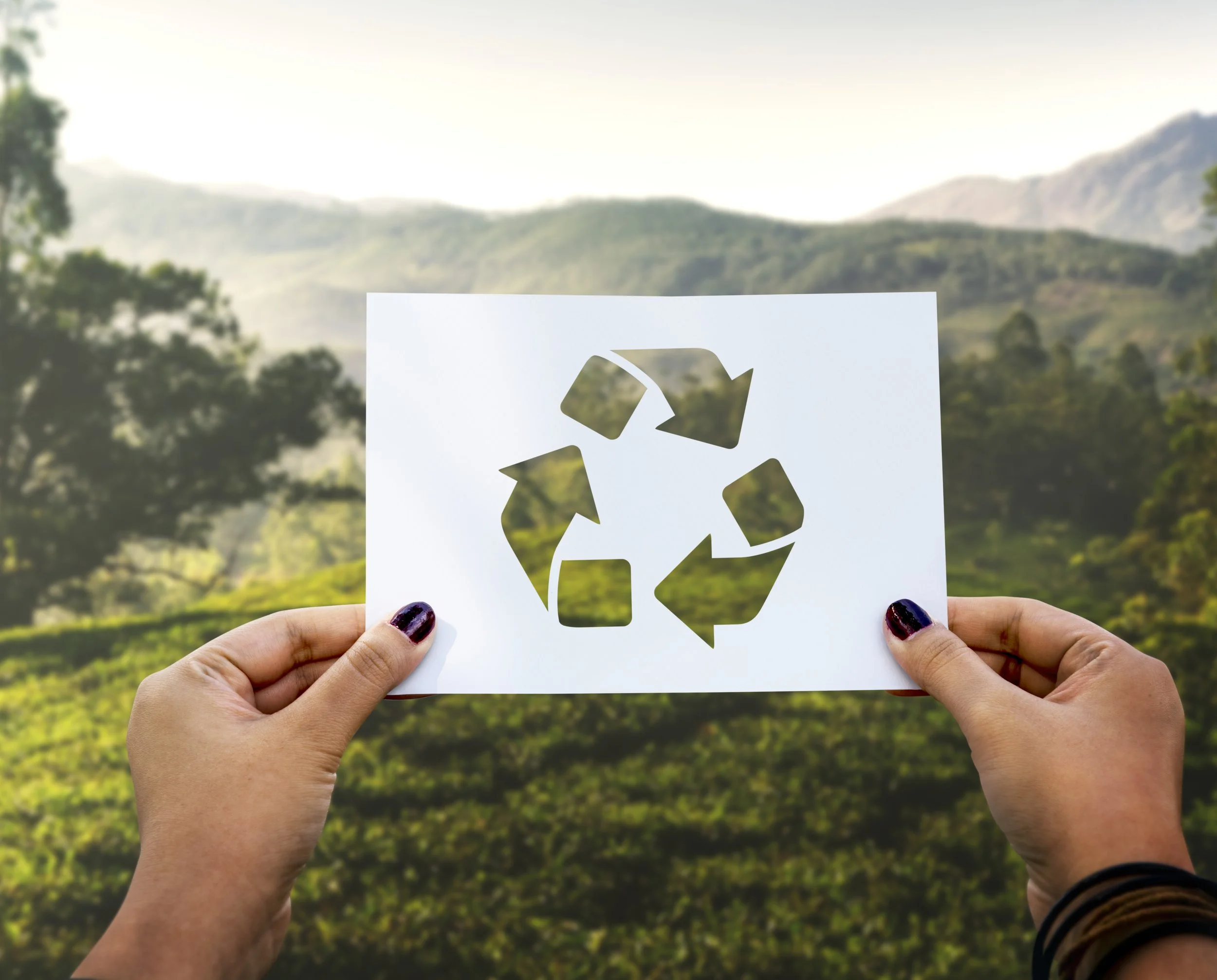March is REUSE month!
In an effort to set new behaviours we have set up a 20 day challenge focusing on three common household products that with thoughtful management can help reduce your household impact on the environment.
Test #1
Save leftover food and use it for another meal
Most Australians overestimate how much they will eat in a week. So we buy more than we need at the supermarket and, as a result, the average household throws away around 4 kg of food a week. This is a waste of money and very bad for the environment as 2.5 million tonnes of food ends up in the garbage each year. You can save money and reduce such unconscionable waste by reducing the amount of food you buy, improving the way you store it, and by re-using edible leftover food for other meals. Take look at our tips and ideas.
Test #2
Reuse Paper
Despite the fact that we are supposed to live in a paperless society, there seems to be no shortage of paper that finds it way into the home. Most paper comes from trees, either in native forests or plantation, so reusing paper as much as possible helps to reduce pressure on the natural environment. There are numerous ways we can reuse paper thoughtfully to have a household impact on reducing the amount that goes into garbage.
Test #3
Reuse Plastic Bags
Plastic bags are ubiquitous despite efforts to phase them out. They clog up sewerage and stormwater systems, pollute waterways, wash up on beaches and help to form gigantic pools of plastic waste in our oceans. Farm animals eat them and die. Plastic pollution kills about 100,000 marine mammals each year and a million seabirds. They are hard to recycle, and they take a long time to decompose and even when they do they form toxic particles that poison living things. It is best to avoid them so what do you do if when makes its way into your home? You re-use as many times as you can, and for many purposes.
What else can be reused?
Everything you buy needs resources, sometimes from natural sources, sometimes farmed, sometimes artificial, to be produced. It needs to be transported and sold and if it cannot be recycled it goes to landfill. Each process produces waste and pollution including greenhouse gases. If we buy new things to replace it, the cycle begins. Somethings cannot be saved but each day consider what you can re-use. This will help to reduce pollution and stress on the environment.
Looking for more inspiration?
Could you do the same?





